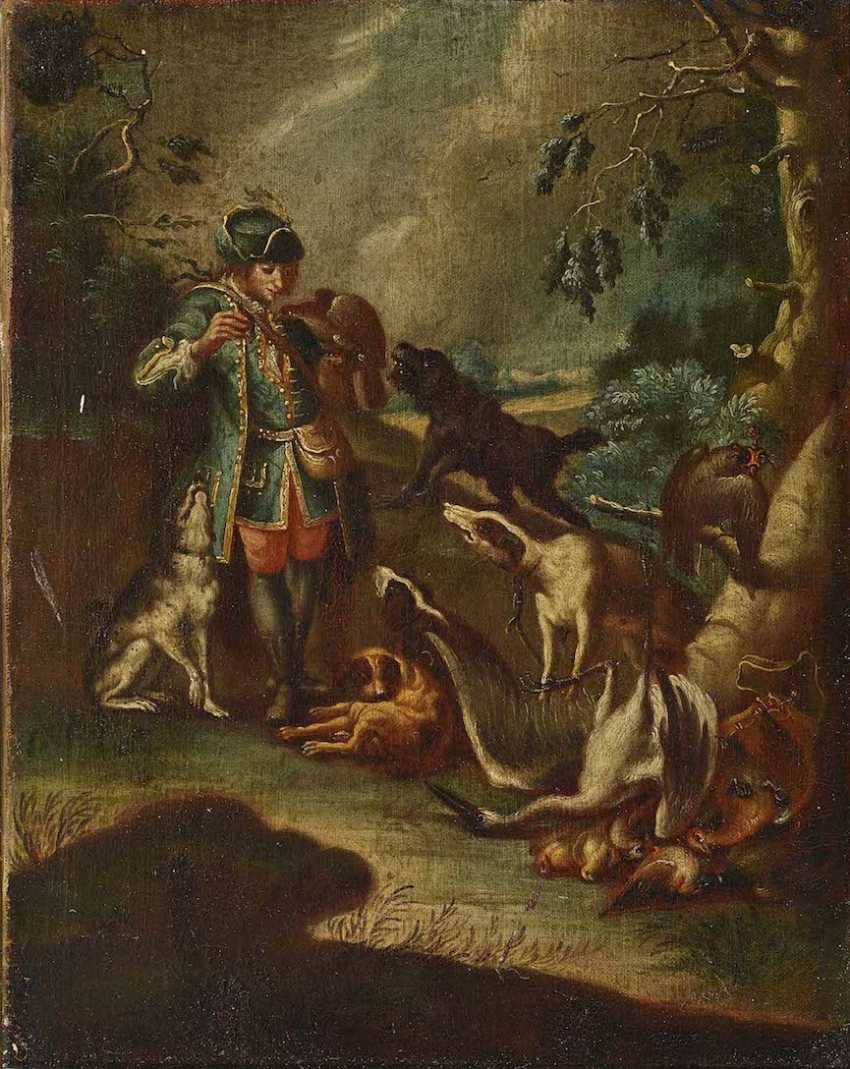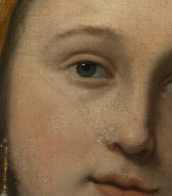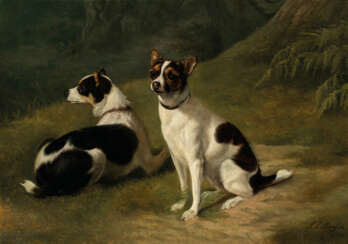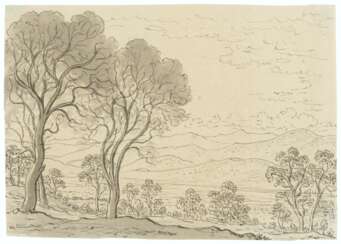767



Jacques-Laurent Agasse is a Swiss animal painter.
As a young man he studied at the veterinary school in Paris and was well versed in equine anatomy. In 1880 he moved to London and began painting dogs and racehorses, as well as exotic animals such as giraffes and zebras, which he observed in London zoos. Later, Agasse began to paint landscapes, portraits, and genre scenes as well.






Gaspare Diziani was an Italian late Baroque and early Rococo painter, decorator, draftsman, and engraver.
He painted a series of canvases and murals for churches, and worked as a set designer for theaters and opera houses in Venice, Munich, and Dresden. His engravings illustrate the 1757 edition of The Divine Comedy.
Gaspare Diziani was one of the founders of the Venice Academy of Fine Arts.


Johann Elias Ridinger was a German painter, engraver, draughtsman and publisher. He is considered one of the most famous German engravers of animals, particularly horses, hounds and hunting scenes.


Gaspare Diziani was an Italian late Baroque and early Rococo painter, decorator, draftsman, and engraver.
He painted a series of canvases and murals for churches, and worked as a set designer for theaters and opera houses in Venice, Munich, and Dresden. His engravings illustrate the 1757 edition of The Divine Comedy.
Gaspare Diziani was one of the founders of the Venice Academy of Fine Arts.




Jacques-Laurent Agasse is a Swiss animal painter.
As a young man he studied at the veterinary school in Paris and was well versed in equine anatomy. In 1880 he moved to London and began painting dogs and racehorses, as well as exotic animals such as giraffes and zebras, which he observed in London zoos. Later, Agasse began to paint landscapes, portraits, and genre scenes as well.




Charles Peale Polk was an American portrait painter and the nephew of artist Charles Willson Peale.
Polk’s earliest paintings were copies of his uncle's originals and he was highly dependent on his uncle's training and guidance. He continued to make copies of many paintings including his own. It is said that he produced fifty-seven reproductions of his George Washington portrait.


Henri-François Riesener was a French painter of German origin, a master of ceremonial secular portraiture, a characteristic representative of Neoclassicism and early Romanticism, the creator of the portraits of Napoleon and Alexander I. Henri-François Riesener was the son of the cabinetmaker Jean-Henri Riesener (1734-1806) and father of the Romantic painter Leon Riesener (1808-1878).











Jeanne-Philiberté Ledoux was a French painter. Ledoux was born in Paris and took lessons from Jean-Baptiste Greuze.


Norbert Grund was a Bohemian painter who worked in the Rococo style.


Norbert Grund was a Bohemian painter who worked in the Rococo style.


Henri-François Riesener was a French painter of German origin, a master of ceremonial secular portraiture, a characteristic representative of Neoclassicism and early Romanticism, the creator of the portraits of Napoleon and Alexander I. Henri-François Riesener was the son of the cabinetmaker Jean-Henri Riesener (1734-1806) and father of the Romantic painter Leon Riesener (1808-1878).


Charles Peale Polk was an American portrait painter and the nephew of artist Charles Willson Peale.
Polk’s earliest paintings were copies of his uncle's originals and he was highly dependent on his uncle's training and guidance. He continued to make copies of many paintings including his own. It is said that he produced fifty-seven reproductions of his George Washington portrait.



































































